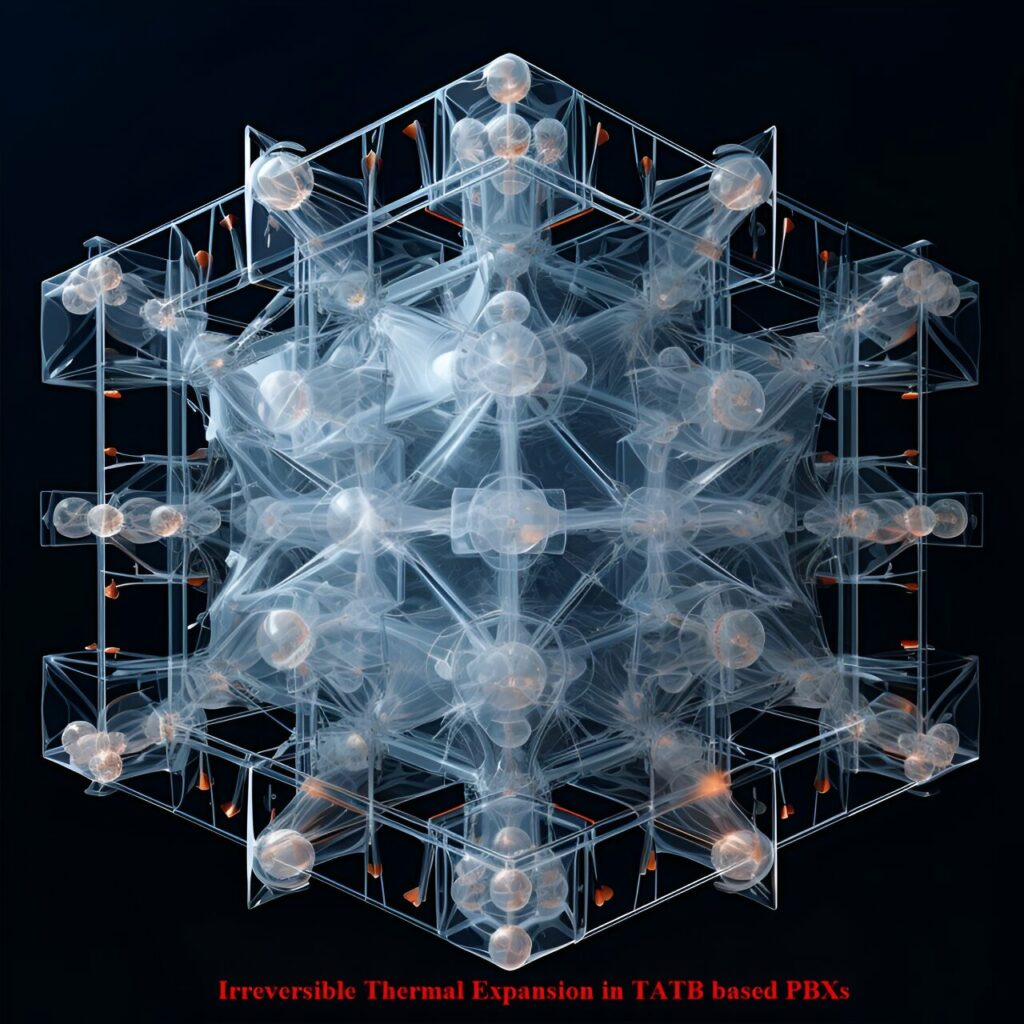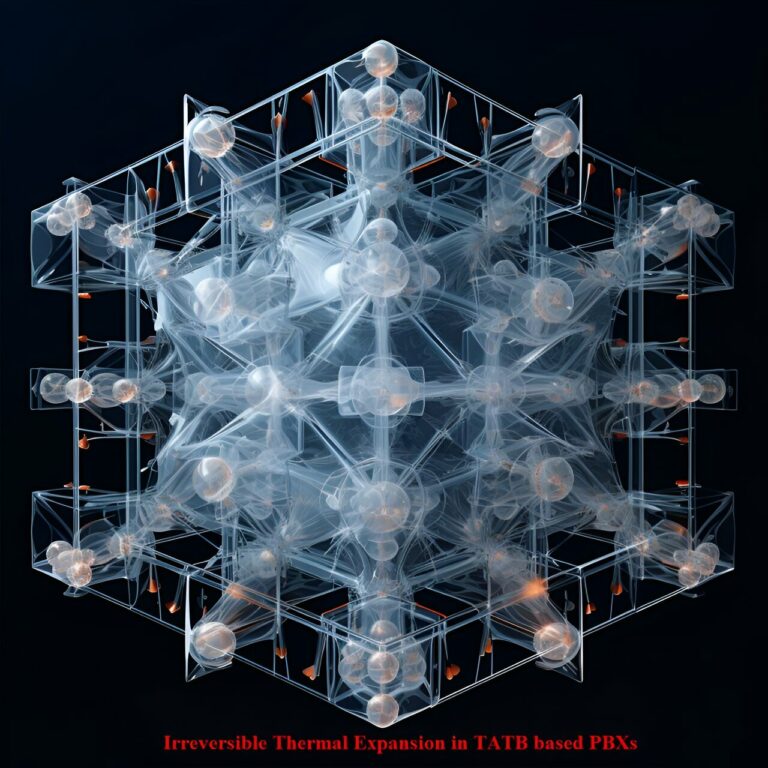Advancements in Investigating the Thermal Expansion Properties of Polymer-Bonded Explosives Utilizing TATB
Amid intricate temperature fluctuations, the irreversible thermal expansion of polymer-bonded explosives (PBXs) incorporating 1,3,5-triamino-2,4,6-trinitrobenzene (TATB) results in compromised shape stability. This, in turn, directly affects the mechanical properties and safety performance during both storage and usage. In recent years, there has been extensive and thorough research aimed at exploring the thermal expansion characteristics of explosives based on TATB.
In a study featured in Energetic Materials Frontiers, a team of researchers from China delved into the unique crystal structure of TAT and the thermal expansion mechanism inherent in TATB-based PBXs. Furthermore, they outlined the microstructural changes occurring throughout the thermal expansion process and scrutinized the consequential impacts of thermal expansion on the overall performance of these explosives.

“The influencing factors of thermal expansion and control methods garnered increased attention. Designing a novel structure for the negative thermal expansion binding system, achieved through the creation of negative thermal expansion polymers or fillers and incorporating positive expansion TATB crystals, can effectively reduce the linear expansion coefficient of PBXs,” explained Cong-mei Lin, the lead author of the study. “
This approach not only mitigates material thermal expansion but also holds significant application potential.” Significantly, curbing the irreversible thermal expansion of TATB-based PBXs and enhancing the shape stability of the explosive under varying temperature conditions is crucial. However, effectively suppressing the thermal expansion of TATB-based PBXs remains a formidable challenge. “
Moving forward, emphasis should be placed on comprehending the irreversible expansion mechanism of TATB-based PBXs, designing and controlling the TATB crystal structure, developing innovative structural-functional integrated polymers, and applying new negative thermal expansion functional materials.” The authors posit that advancing the structural design of TATB and binder systems, along with the utilization of materials with negative thermal expansion properties, will open new avenues to restrain the thermal expansion of TATB-based PBXs and enhance the modification techniques for energetic composites.
This article is republished from PhysORG under a Creative Commons license. Read the original article.
Do not forget to share your opinion with us to provide you with the best posts !




0 Comments